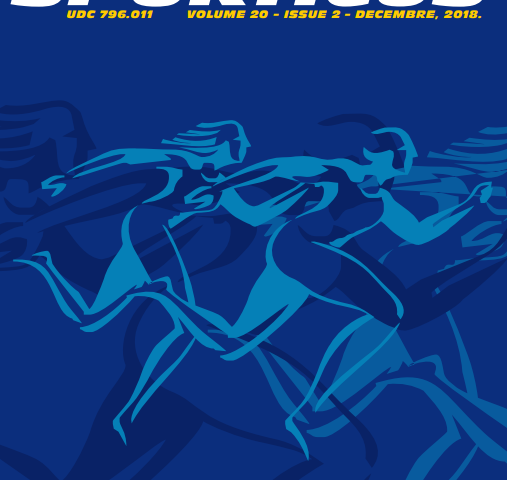Abstract
The aim of this study is to determine levels of anthropometric features and to make comparison to training status in football and basketball players. In total 53 football and 47 basketball players, who play in the clubs of the Premier League of Bosnia and Herzegovina. Body weight, height, 6 skin folds and 4 volumes were measured. An independent t-test showed that the difference in mean body height between the football and the basketball players was statistically significant (p<0.001), the average difference in height was 8.7 cm in favor of the basketball player, while the differences in the mean values of the body mass were not statistically significant (p=0.07). BMI was statistically significant (p= 00017) with higher BMI for football 22.8 ± 1.4 kg/m2 compared to 21.2 ± 5.7 kg/m2. In relation to age, statistical significance in mean body weight and body height was not observed, while BMI differed (p=0.001). Juniors have lower BMIs, (21.67 ± 2.4 kg/m2) than the seniors (23.08 ± 1.67 kg/m2), which can be explained by the fact that seniors have trained for longer and have less fat in total body mass. A statistically significant difference in the median values of the subcutaneous fatty tissue, as well as the extent of the extremities between football and basketball players, was not established, but significant differences were found in relation to age. The study showed that there is correlation between years of training and body weight (r = 0.209, p=0.037), longer training time is associated with higher body weight. Training years were also correlated with BMI (r=0.385, p<0.001), athletes who train longer have higher BMIs. The training years correlates with percentage of fat % (r =-0.337; p = 0.001.), with a longer training time, the percentage of fat tissue in the total body mass decreases.


